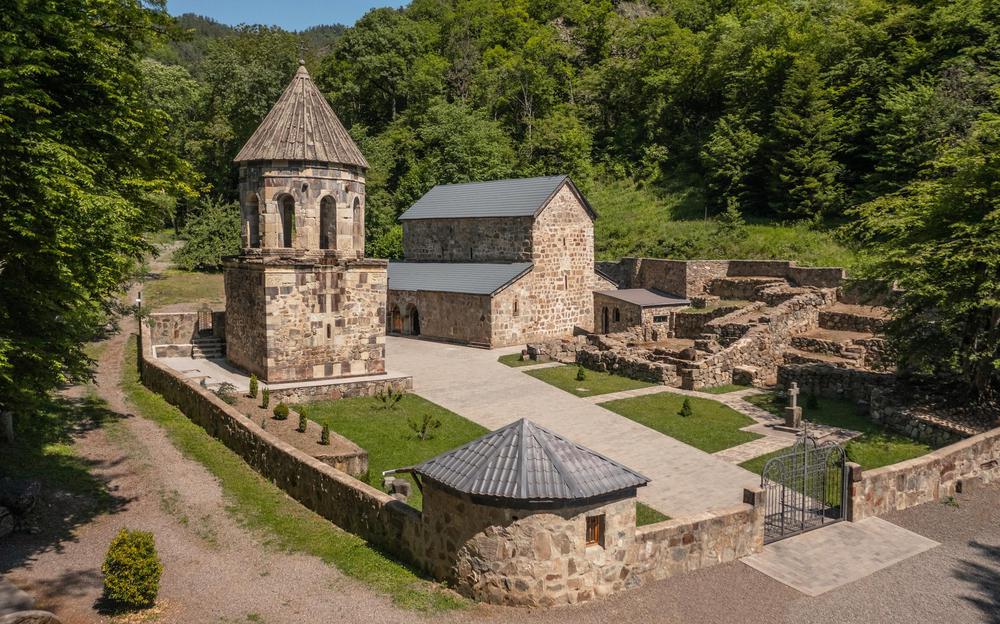Lying in the ancient region of Samtskhe-Javakheti, Georgia, the ruins of Sakanape Fortress continue to echo the stories of civilizations past. This once vital stronghold, perched near Atskuri Village, stood as a stalwart guardian against invaders, its remnants offering compelling insights to history enthusiasts today.
Atskuri Village's historical roots run deep, with the first written mentions dating back to the 11th century. Sakanape Fortress, or as it's known by its other names – Tamar's Fortress, Tsriokhi Fortress, and Besaltavi Fortress – entered the annals of history in the 12th century. However, it was only during the 16th century that written sources began to note its presence in detail.
The might of the Sakanape Fortress lay not just in its robust construction but in its strategic location. Overlooking the road from Imereti to Meskheti, its commanding towers had full control of the surrounding territory. This fortress was an alert system as much as a protective barrier, warning the denizens of Atskuri Village of impending threats. In times of danger, the villagers would take refuge within the fortress walls, which enclosed a hall-type Dormition of the Mother of God Church.
Crafted from hewn stones, the church once boasted 11th-century frescoes adorning its walls, but time has faded these artworks and weathered the stone surfaces. Today, only the fortress's ruins and the remnants of the church stand as witnesses to its past glory.
Despite the ravages of time, Sakanape Fortress continues to command interest with its historical significance. It not only controlled adjacent territories but also functioned as a defensive stopgap. In the event of an enemy incursion, Sakanape Fortress would relay signals to the Atskuri Fortress, thereby blocking the gorge from Imereti to Meskheti. This fortress was considered a second line of defense, offering refuge to the populace after the fall of Atskuri Fortress.
Although what remains of Sakanape Fortress today is a shadow of its former self, with part of its wall and roof collapsed, it still inspires awe with its resilient ruins. A visit to this site not only transports one to Georgia's ancient past but also underscores the region's enduring historical importance, its role as a vital military checkpoint, and the survival of its architectural fragments through the ages.












